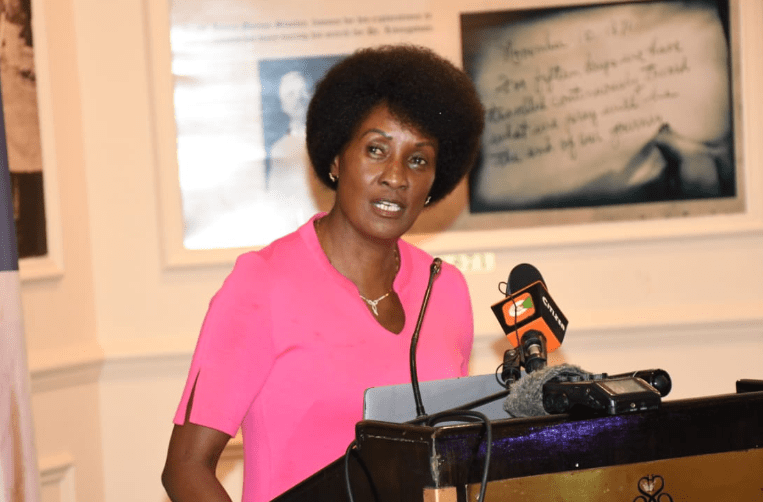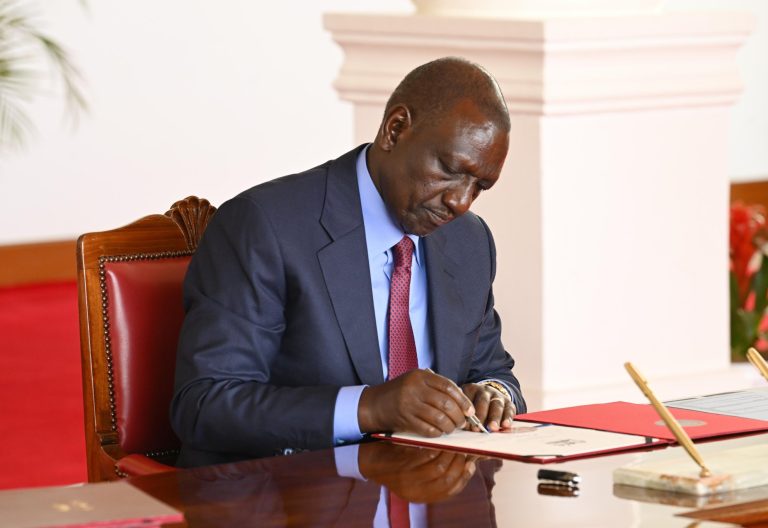Most KCSE holders live in Nairobi, study shows

A majority of educated Kenyans who have gone beyond secondary school live in Nairobi, according to a demographic survey.
The 2022 Kenya Demographic and Health Survey (KDHS) that targeted respondents between the age of 15 to 49 years indicate that 41 per cent of men and 35 per cent of Nairobi residents have attained tertiary education.
This makes the capital city a brainy county, a scenario attributed to the presence of many institutions of higher learning and the rural urban migration as learned youth head to Nairobi searching for jobs. Nyeri, with 23 per cent of men and 28 per cent of women having gone beyond high school, comes in second with the most educated population.
Primary education
Interestingly, in Elgeyo Marakwet county, at least all men and women have attained primary school education in the report which shows that the number of educated men is higher than that of their women counterparts in the country.
Nakuru county follows with a mere 0.9 per cent of both men and women having no education while in Nyeri and Nyamira counties, all women have gone to school compared to one per cent of men in both counties with no education at all.
In Kisii, all men have gone to school and only one per cent of the women have no education. In Trans Nzoia only 0.7 per cent of men have no education similar to 0.3 per cent of women in Nandi county.
A total of 24 counties have less than one per cent of their men and women having no education at all.
Majority of counties in the Rift Valley region have attained gender parity in enrolment and transition across the learning institution retaining almost equal number of men and women in all levels.
In President William Ruto’s home county of Uasin Gishu, the number of men and women who have primary and secondary education is equal at 28 and 39 per cent respectively while another 33 per cent of men and 32 per cent of women have studied beyond high school.
Similarly, in Nandi there are an equal number of men and women with high school qualifications estimated to be about 35 per cent and over 19 per cent of both genders having gone to tertiary institutions of learning.
Beyond secondary
The findings are replicated in Kericho where men and women with education beyond secondary school tie at 20 per cent. Mandera has the highest number of illiteracy with seven out of 10 women recorded as having no education.
Marsabit comes in second with 62 per cent of women with no education followed by Wajir with 60 per cent, Turkana with 59 per cent, Garissa with 52 per cent, Samburu with 49 per cent and Tana River with 42 per cent.
On the other hand, counties with many illiterate men include Turkana where four in every 10 representing 41 per cent have no education followed by Mandera with 34 per cent, Tana River with 30 per cent, Marsabit with 29 per cent, Wajir with 27 per cent, Garissa and Kitui with 16 and 10 per cent respectively.
“Approximately 19 per cent of women and 21 per cent of men have more than secondary education, while six per cent of women and three per cent of men have no education in Kenya. Overall 94 per cent of men and 91 per cent of women are literatea,” KDHS data stated.
Notably, counties with big disparities between illiterate men and women comprise Mandera with 34 per cent of men and a slightly higher than double the number of women at 71 per cent.
Wajir is second on the list with 27 per cent of uneducated men compared to 60 per cent women while in Samburu, KDHS data recorded 26 and 49 per cent of men and women respectively as having no education.
Garissa also tops the counties with a higher number of uneducated men than women with 16 and 52 per cent respectively.
Sadly, the KDHS data show a significant drop in the number of both men and women who have successfully transitioned along the schooling levels with those with more than secondary education being much lower than those with primary education which is the basic learning level.








